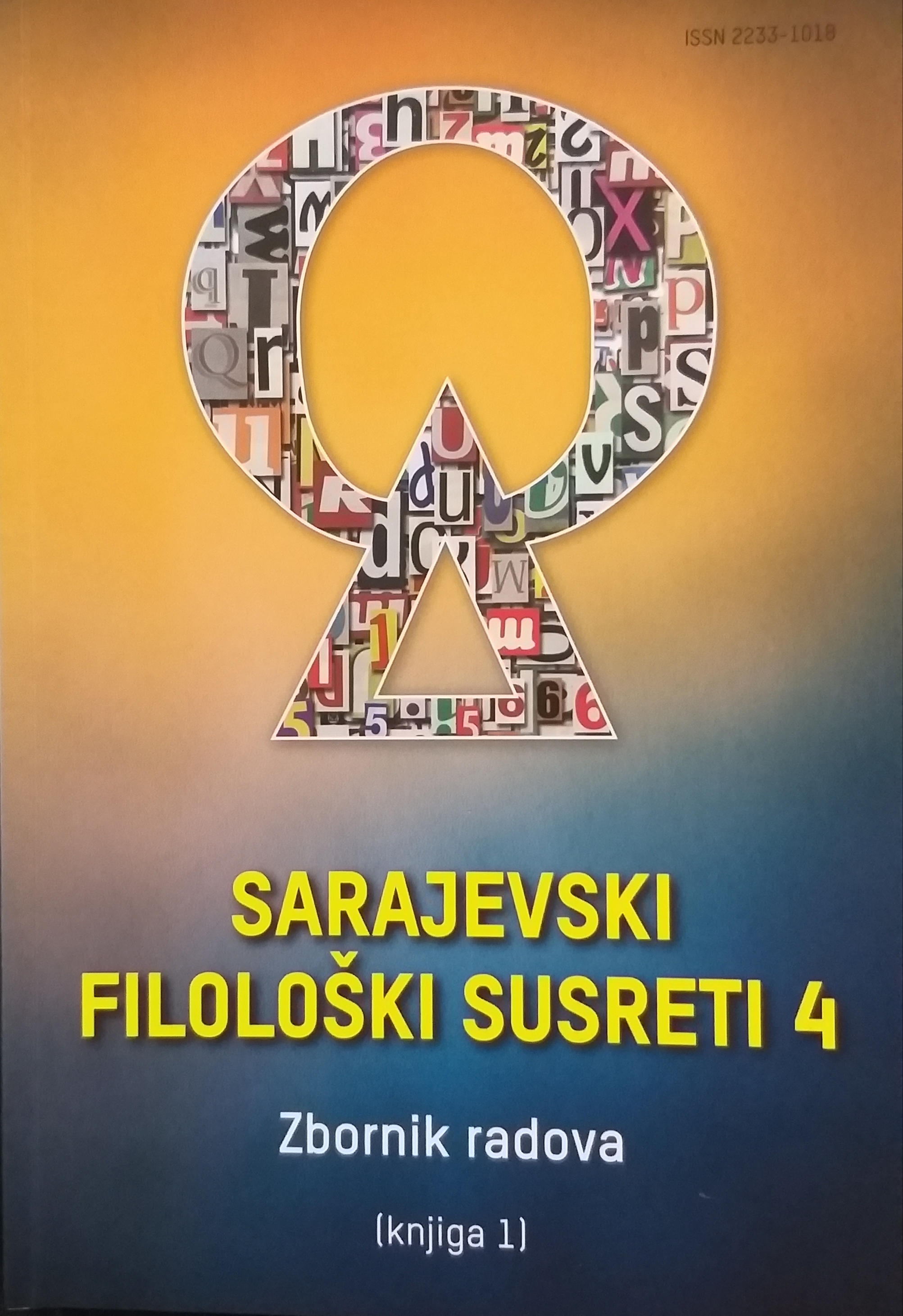Junktori na granici koordinacije i subordinacije
Junctors on the border between coordination and subordination
Author(s): Halid BulićSubject(s): Language studies, Syntax, South Slavic Languages
Published by: Bosansko filološko društvo
Keywords: coordination; subordination; conjunctions; junctors; conjunctors; subjunctors;
Summary/Abstract: This paper analyzes the syntactic behavior of some junctors in Bosnian language for which there are indications in literature that they may be both conjunctors and subjunctors. These are the following junctors: ha, dok, te, pa, nego, no, jer, kad, kamoli and nekmoli. Taking into account the criterion of belonging junctor to the elements conjoined by it and the criterion of diversity of elements conjoined by junctor, it has been shown that junctor ha in some contexts is a conjunctor (when it connects disjunctive clauses), and in the other contexts it is a subjunctor (when it has a temporal or causal meaning). While the word dok is always a subjunctor, the junctor te is a conjunctor, except in cases when it is used in correlative consecutive clauses with some intensifier (tako, toliko, takav and so on) in the main clause. This paper also suggests that the junctor pa can be a subjunctor, i.e. in some examples when it introduces an attributive and causative clause. In other cases, it is a conjunctor. Words nego and no are sometimes particles, but may also function as conjunctions. In some contexts, they have a function of conjunctor (when they are adversative), and in the other ones they are subjunctors (when introduce a comparative clause). The words kad and jer are always subjunctors. On the other hand, kamoli and nekmoli are always conjunctors. In this paper it has been demonstrated that coordination and subordination, and the junctors involved in them, can be clearly divided regarding formal and grammatical criteria, not semantic ones. It is also established that words with the same form can be both conjunctors and subjunctors, but there are no junctors which are both conjunctors and subjunctors in the same context.
Journal: Sarajevski filološki susreti: zbornik radova
- Issue Year: 4/2018
- Issue No: 1
- Page Range: 53-81
- Page Count: 29
- Language: Bosnian

